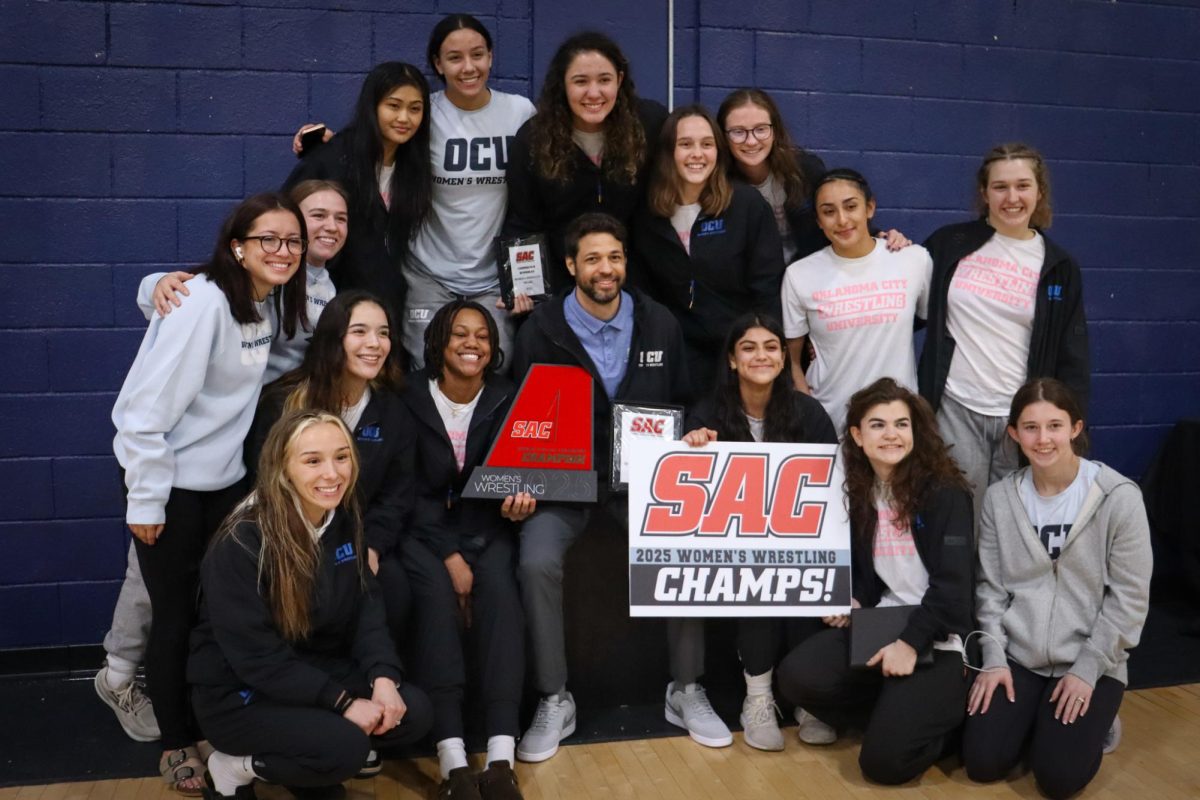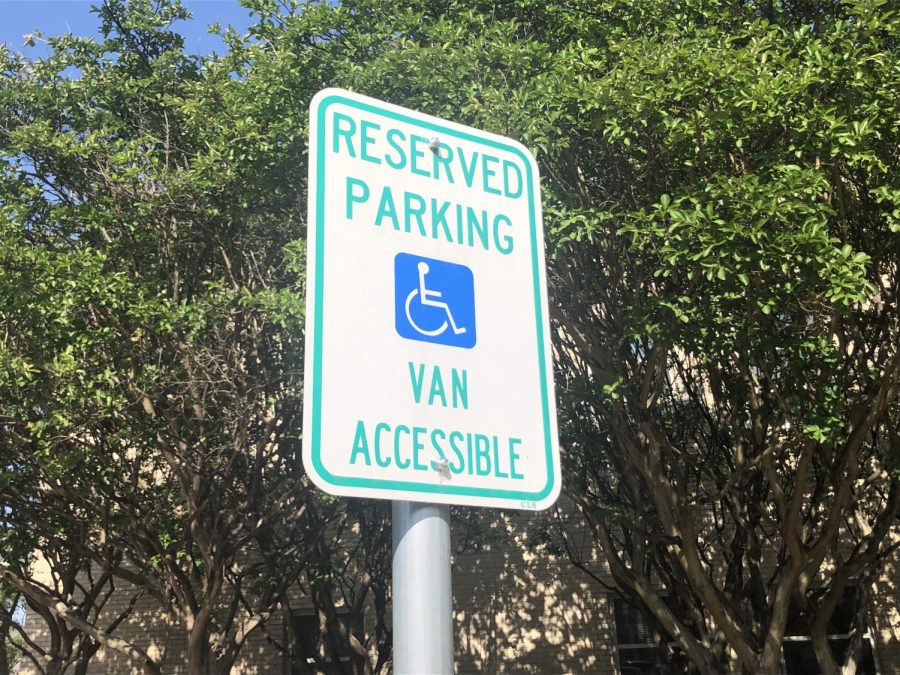We face the grim reality that active shooter incidents are are rapidly increasing.
Texas Wesleyan is attempting to face this possible eventuality by holding safety briefings, but this simply isn’t enough. Active shooter training should be mandatory for all professors teaching on campus and active shooter drills should be done once each semester.
At the beginning of each semester, professors go over the syllabus and detail the university’s policies. This would be the perfect time for the professors to briefly go over the run, hide, fight method of surviving an active shooter scenario.
This is a situation where proactive measures need to be taken swiftly to safeguard the students. Measures are being taken by university administrators but if a safety meeting held during free period in February was any indication, the vast majority of students and faculty follow the old adage “out of sight, out of mind.”
The safety meeting was held by Lt. Michael Lugo, a 22-year veteran of the Fort Worth Fire Department who currently serves in the department’s Homeland Security/Intelligence section and Bomb Squad. The objective of the briefing was to bring awareness to the increasing trend of active shooters in the U.S. and what you should do if you are ever confronted with this situation. Only about 20 people attended.
Lugo cited a recent study done by Texas State University and the FBI showing that between 2000 and 2014, there were 160 active shooter incidents, which equates to 11-12 a year. During the most recent four-year block of time, the number of active shooter incidents has increased to 22-23 each year.
“There are outliers but on average four people are shot at each one and two of those four will die,” Lugo said. “Eighty-one percent of the time at least one other person had knowledge of the attackers’ plans and either didn’t recognize it for what it was or didn’t say something. We want to be aware of what’s going on in our classes, what’s going on with our friends and family; we just need to be aware of our surroundings.”
Lugo said the three key components when responding to an active shooter situation are Run, Hide, Fight.
Run: Having situational awareness, knowing where the exits are in case of an active shooter and running for an exit that is away from the situation is the best possible outcome. After you are at a safe distance, then you should call 911.
Hide: Hide and put a barricade in place; if possible, hide behind a locked door. Turn the lights out and your phones on silent. Hiding under a desk, table or pretending to be dead is not an option.
Fight: As a last resort, if you are forced to fight, barricade the opening if possible and position yourself next to the opening and attack the assailant with whatever you have access to. The most vulnerable spots to attack are the groin, throat, and eyes.
“Most of the time these things are over in less than five minutes, half the time they are over before police arrive,” Lugo said. “If your plan is depending on someone else to save you, that’s not a good plan. That’s a hope and a prayer; we need to take responsibility for our own actions and have a run, hide, fight plan in place.”
Lugo used the 2007 Virginia Tech shooting as an example of the effectiveness of barricading doors. Professor Liviu Librescu physically barricaded the door to his classroom and allowed all but one of his students to escape out of a window before he was killed. Another classroom barricaded the doors, and everyone survived. The effectiveness of a physical barrier is paramount to survival during these situations.
“We cannot rationalize with people and hope that we aren’t going to be their target,” Lugo said.
Texas Wesleyan’s risk manager Juan M. Azcarate III said these briefings weren’t just for faculty and staff and stressed the importance of student involvement in security briefings.
“I think the word needs to get out to the students how serious this is. People think, Oh this is Wesleyan it’s never going to happen. It could easily happen here,” Azcarate said.
Azcarate said an active shooter training exercise will be held on Wesleyan’s campus during the summer semester. Students, faculty and local law enforcement will be notified prior to the exercise as to not create panic or confusion. Four to five additional dates for active shooter training are being scheduled for the fall semester.
While the increased number of briefings are welcomed, it’s the lack of participation and the fact that these briefings are not mandatory that minimizes the overall impact that they have. The important nature of this training should not be left up to the whims of students and faculty.
In a 2017 interview with Fox News, former assistant director of the FBI Ron Hosko said that training for active shooters scenarios was important given the increase in these types of incidents.
“In this active shooter era that we’re living in it’s just not law enforcement that need to be attentive to active shooters,” said Hosko. “If you have a business, if you’re running a school or a church, you ought to put some thought into run, hide, fight and whatever tactics we might employ to keep our constituents safe.”
The onus is on the university to implement these procedures to protect the student body. It is also on everyone on campus to remember that, as Lugo noted, 81 percent of the time we know the shooter. Students, faculty and administrators alike need be aware of individuals that might potentially harm others. Reporting suspicious activity could help Wesleyan from becoming another statistic in the growing epidemic of school shootings.
Wesleyan has an active shooter training video on its website that follows the Run, Hide, Fight model. Reporting procedures for potential active shooters or individuals who have or are suspected of having a weapon on campus are also on Wesleyan’s website.
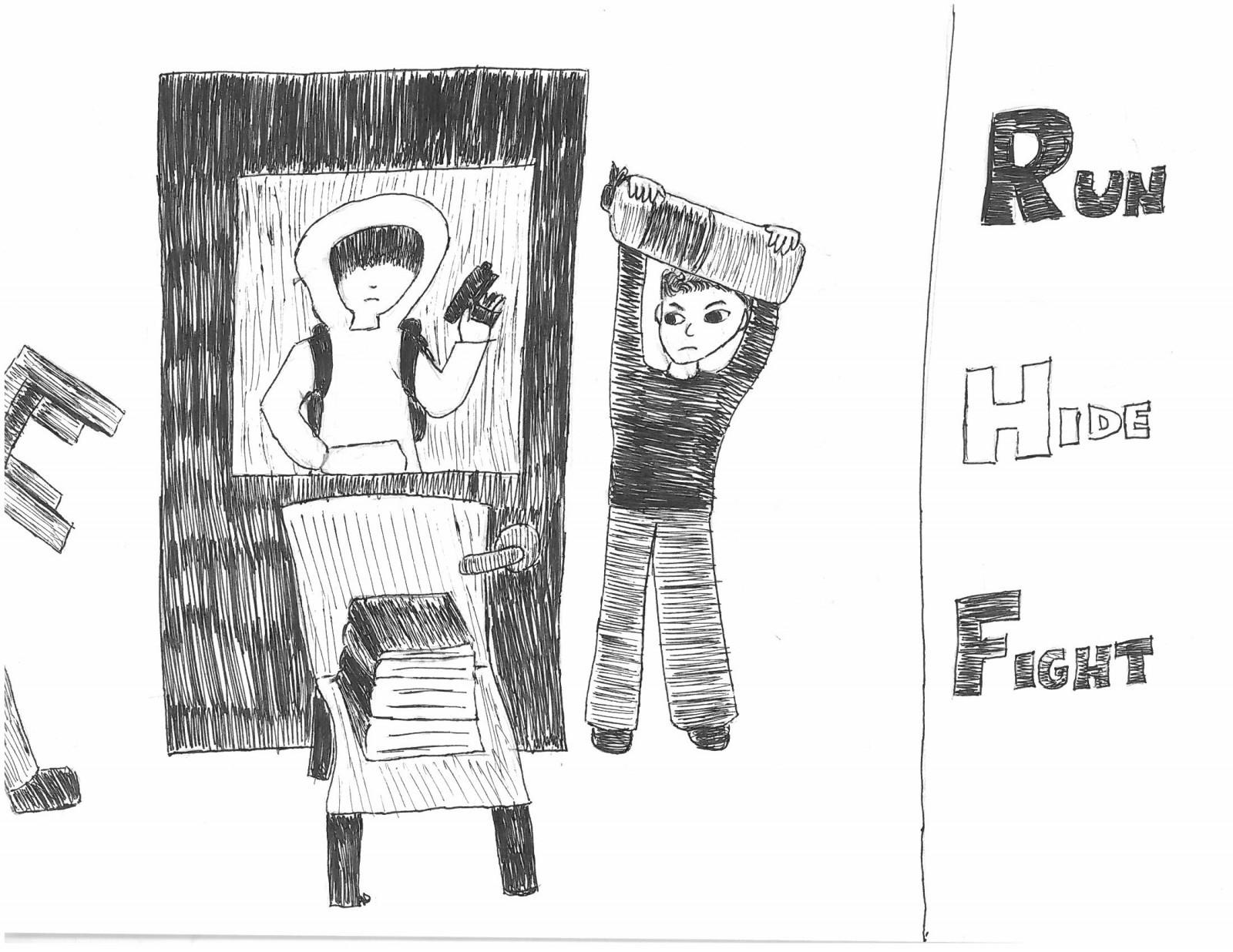
Cartoon by Hannah Onder



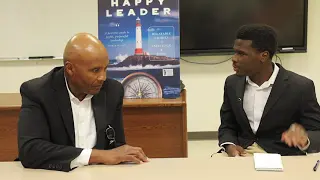

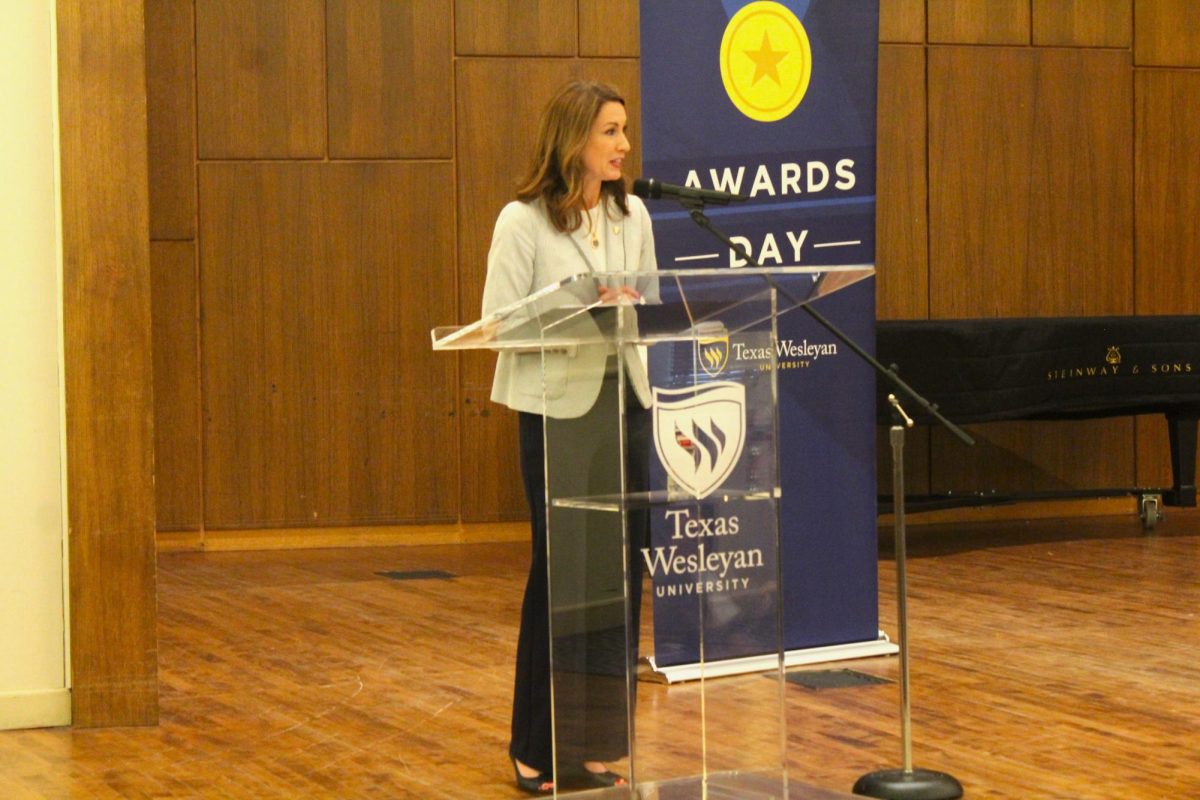


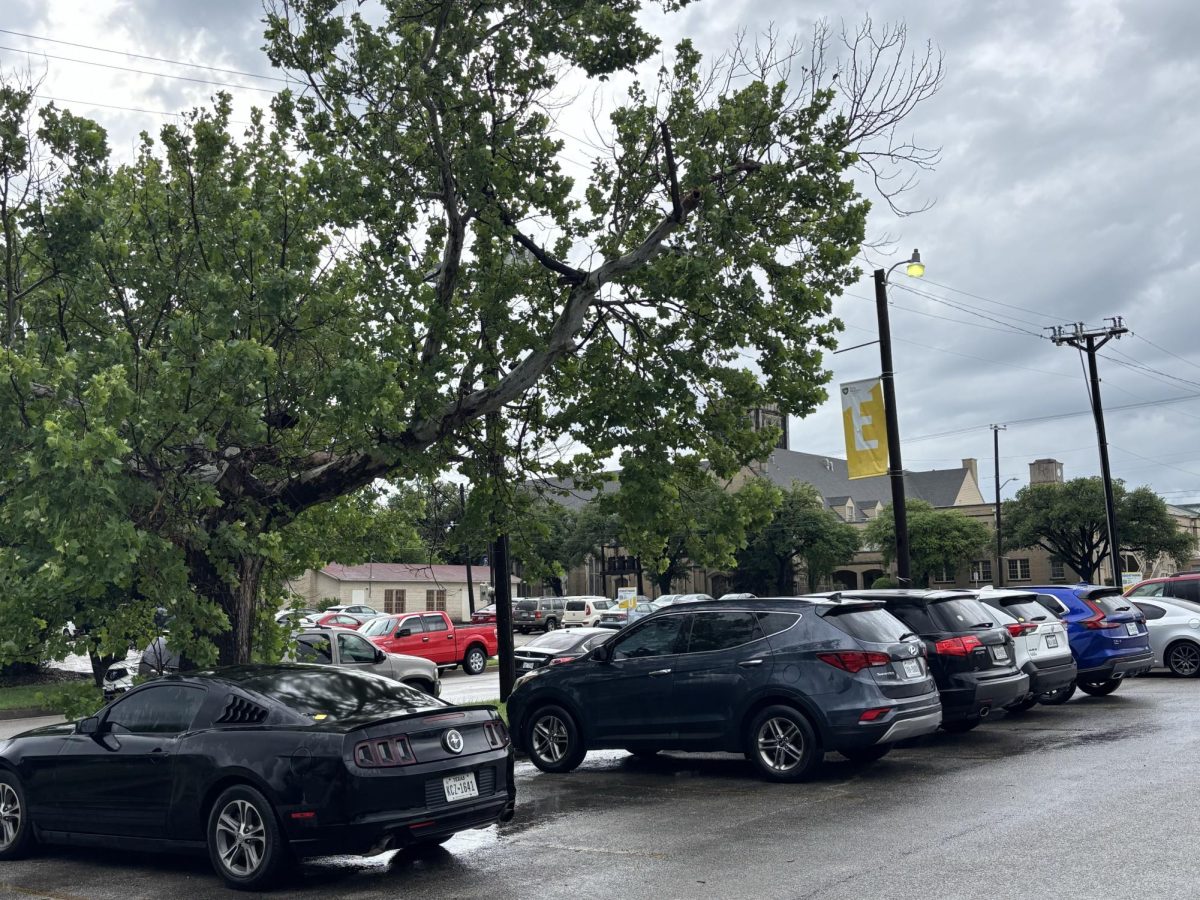
![Pippin, played by Hunter Heart, leads a musical number in the second act of the musical. [Photo courtesy Kris Ikejiri]](https://therambler.org/wp-content/uploads/2025/04/Pippin-Review-1200x800.jpg)
![Harriet and Warren, played by Trinity Chenault and Trent Cole, embrace in a hug [Photo courtesy Lauren Hunt]](https://therambler.org/wp-content/uploads/2025/02/lettersfromthelibrary_01-1200x800.jpg)
![Samantha Barragan celebrates following victory in a bout. [Photo courtesy Tu Pha]](https://therambler.org/wp-content/uploads/2025/05/20250504_164435000_iOS-834x1200.jpg)
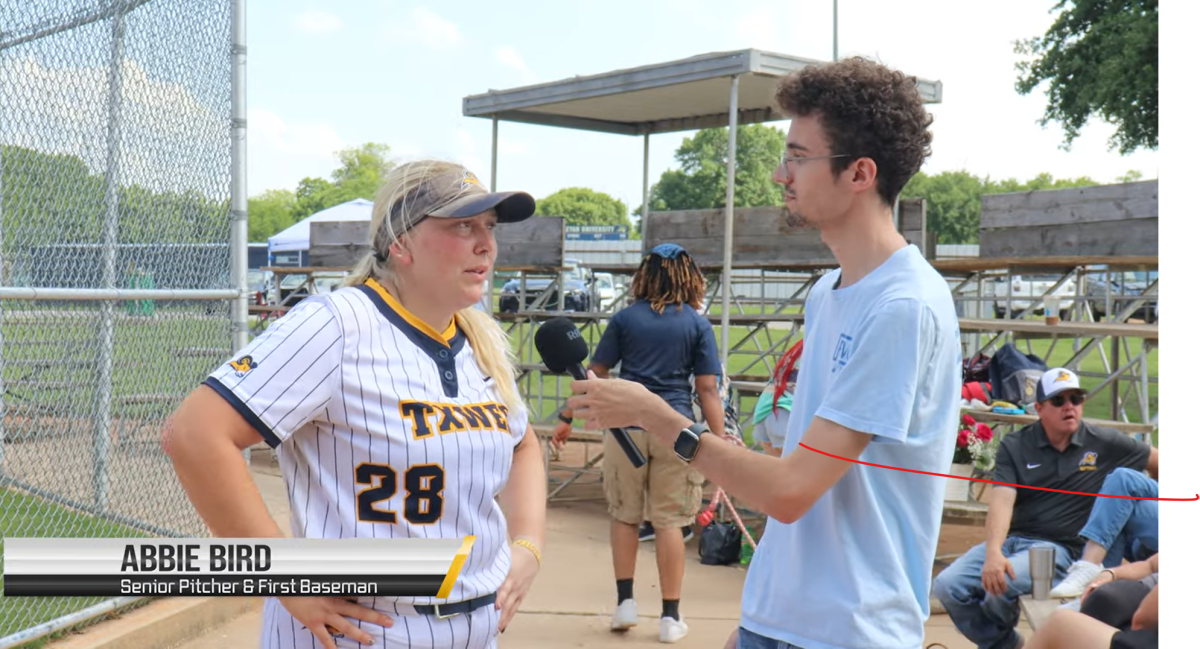
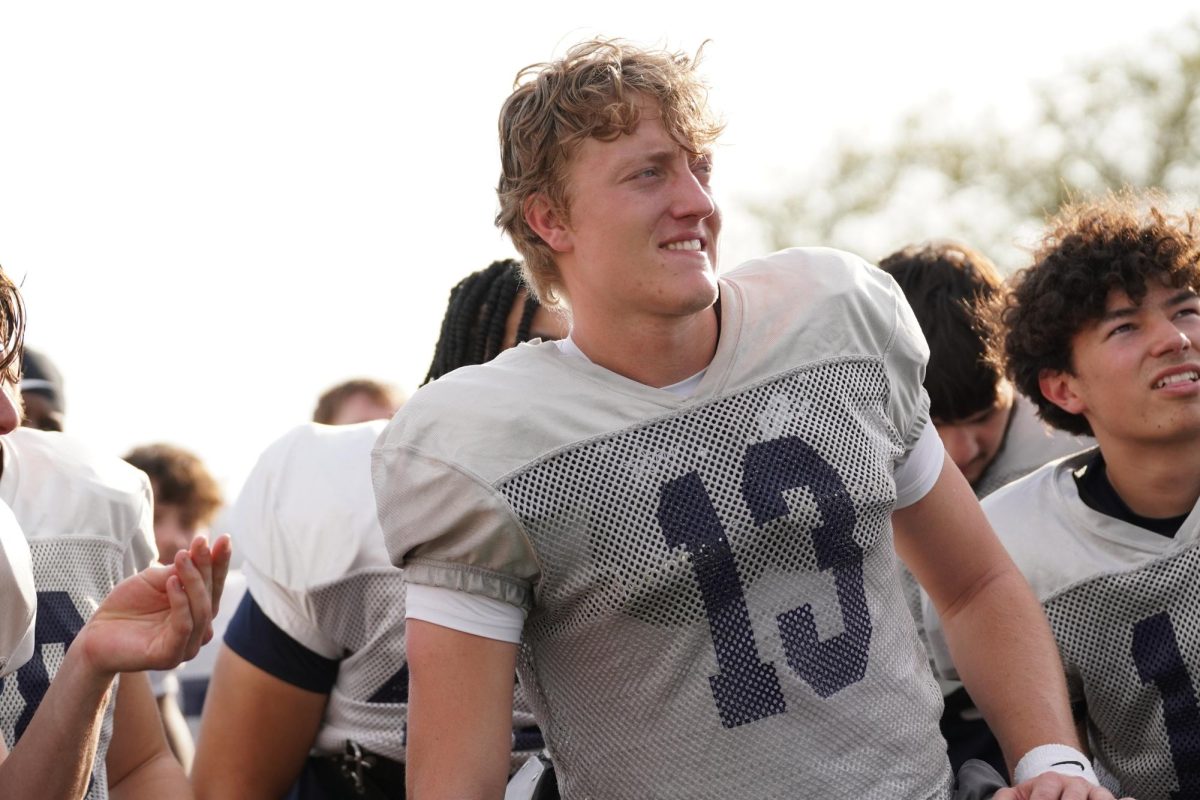

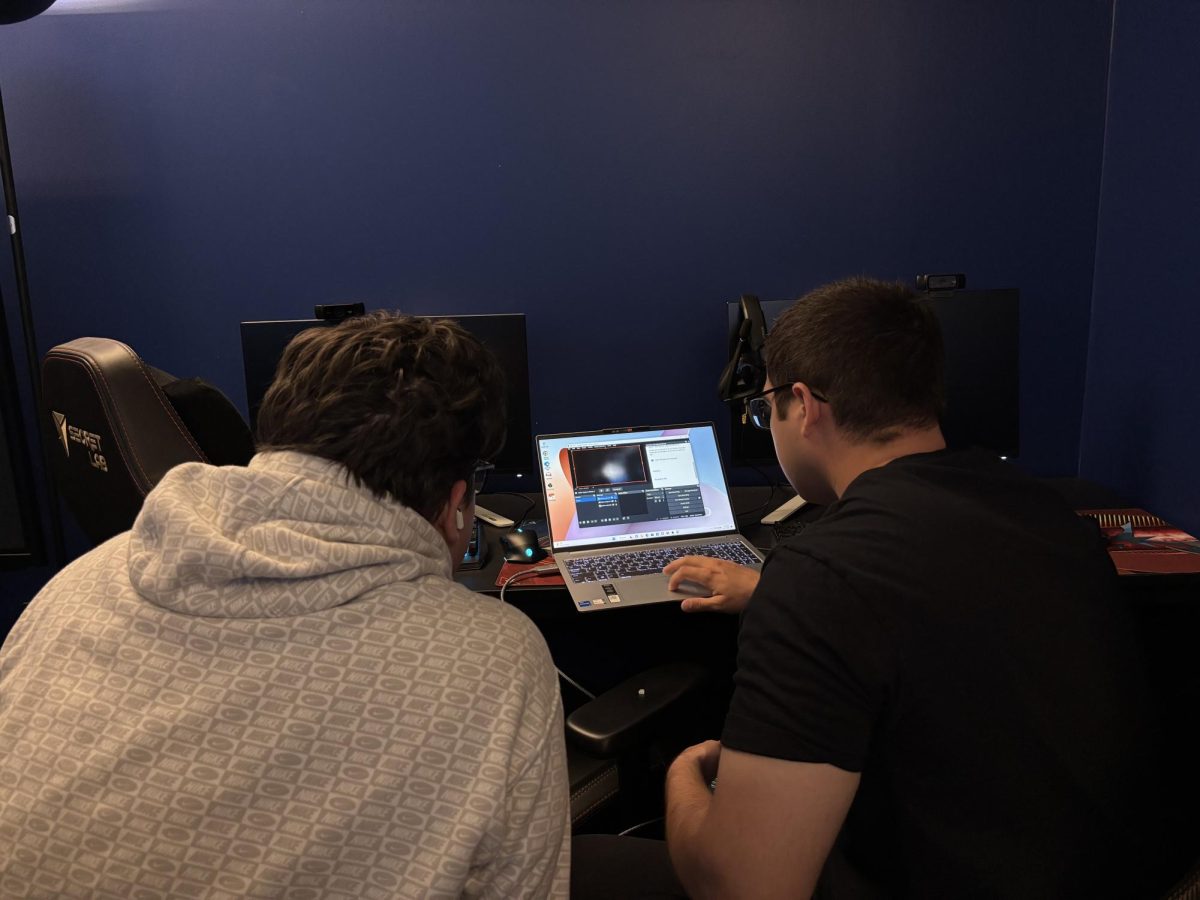

![Hunter Heart (center), the play's lead, rehearses a scene alongside other student actors. [Photo courtesy Jacob Sanchez]](https://therambler.org/wp-content/uploads/2025/04/thumbnail_IMG_8412-1200x816.jpg)
![Student actors rehearse for Pippin, Theatre Wesleyan's upcoming musical. [Photo courtesy Jacob Rivera-Sanchez]](https://therambler.org/wp-content/uploads/2025/04/Pippin-Preview-1200x739.jpg)
![[Photo courtesy Brooklyn Rowe]](https://therambler.org/wp-content/uploads/2025/05/CMYK_Shaiza_4227-1080x1200.jpg)
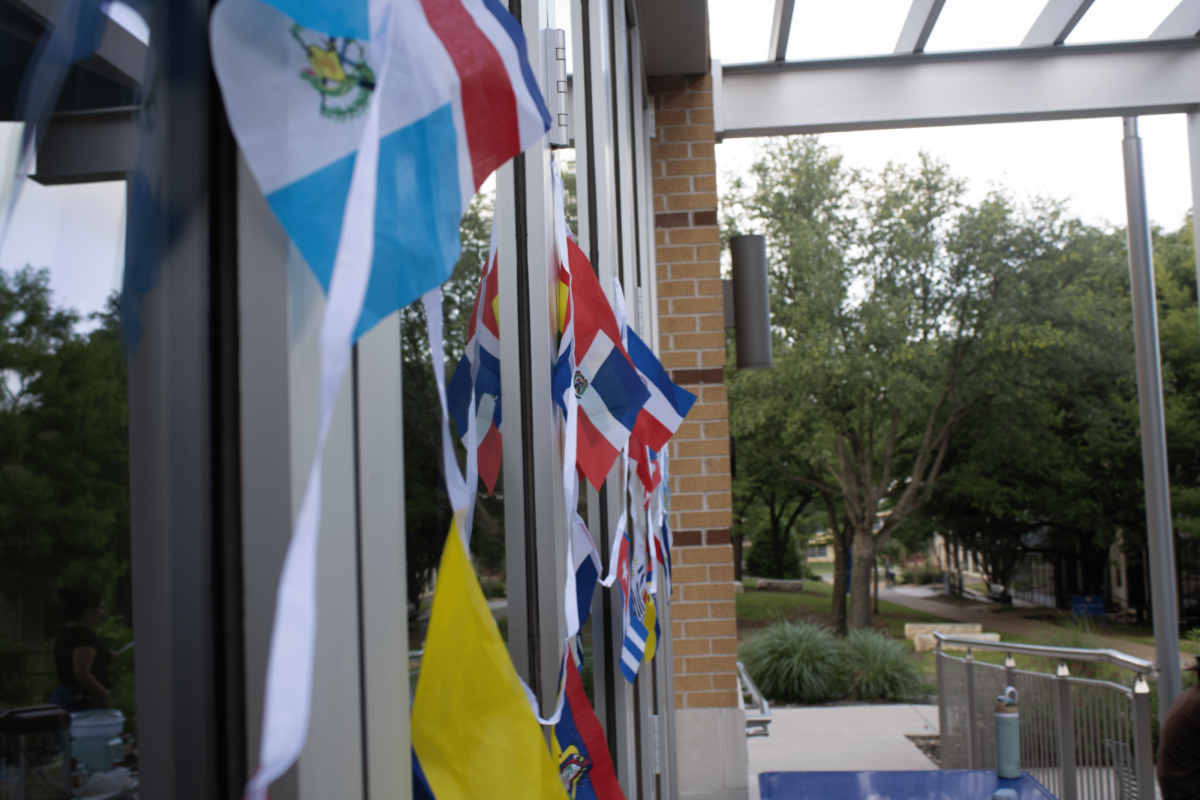
![Lady Rams softball wraps up weekend against Nelson Lions with a victory [6 – 1]](https://therambler.org/wp-content/uploads/2025/04/Screenshot-2025-04-04-100924-1200x647.png)

